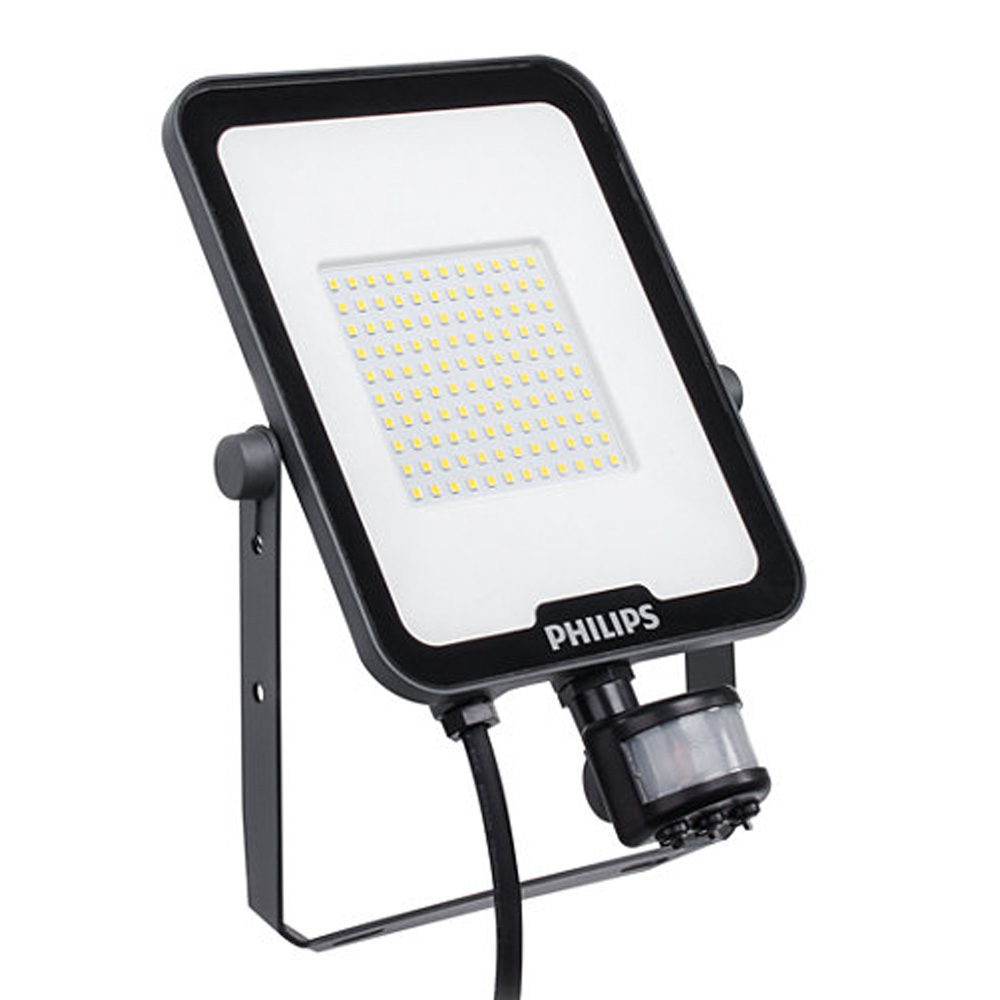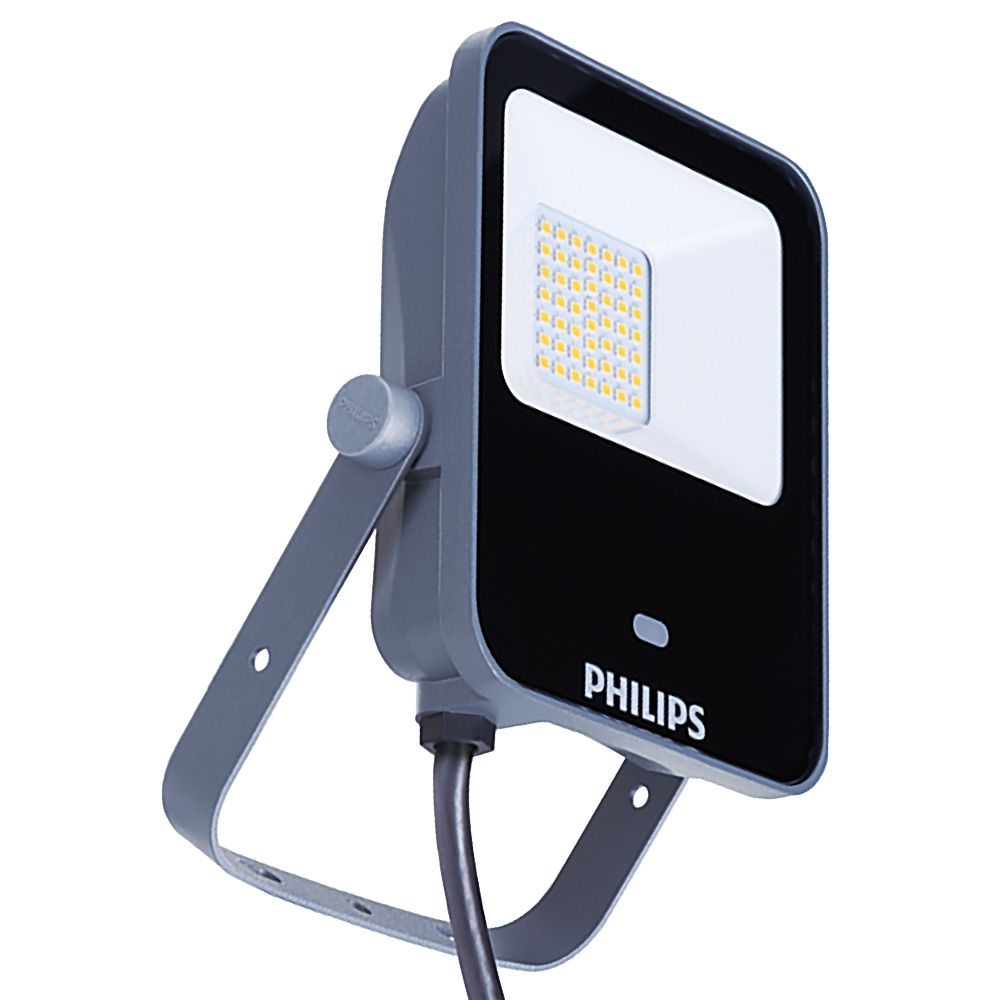
Take control of your security with motion sensors. Microwave Sensors and PIR's are two of the leading technologies on the motion sensor market. They can help provide you with increased autonomy and security throughout your home, garden or office, whilst helping to reduce your energy bill at the same time!
With the ever increasing popularity of motion detection technology an influx of new products have hit the market, all boasting unique and exciting capabilities. We thought that we would give you an insight into the motion sensor market detailing the different situational strength of a range of sensors to help you choose the right sensor for your installation. We're really excited about motion sensor products and think that you should be too.
How Does A PIR Sensor Work?
Through detecting Infrared radiation, a PIR sensor detects heat and movement across their detection range. When an object which radiates heat, such as a person or animal crosses their detection range, the sensor is triggered, switching on the attached device. For example a PIR Sensor can be attached to an LED Floodlight to create an effective security light. PIR Sensors are extremely useful for detecting people and helping to add security and automation to devices. We think that they're extremely useful through a range of settings such as offices, bathrooms or for home security lighting.
What Are The Advantages Of A PIR Sensor?
PIR sensors make fantastic security lights. Working using heat detection gives PIR Sensors an added specificity to their detection. Focusing on detecting body heat means that there is a decreased chance of false triggers occurring, making you feel more safe and secure in your home. Alongside this comes low levels of energy consumption, keeping your energy bills low and saving you money. With reliable detection throughout both day and night, a PIR sensor is fantastic option if you're in the market for a motion sensor.
- Decreased chance of false triggers
- More Energy Efficient
- Cheap
How Does A Microwave Sensor Work?
In contrast, Microwave Sensors emit microwave signals throughout their detection range. The sensor is triggered by timing how how long these signals take to return to the sensor, referred to as "echo time". This allows a microwaves sensor to have extremely sensitive detection throughout their range whilst having the ability to cover an extremely wide area of detection, perfect for large open spaces, making them fantastic options for usage throughout crucial zones of vulnerability or importance throughout the home, including workshops, garages or around the home. The construction of Microwave Sensors allows installation in challenging environments including high heat, direct sunlight or exposure to the elements, significantly boosting the number of available applications.
We stock a fantastic range of Philips Microwave Sensor Floodlights, available in 10, 20 and 50 watt in both Cool & Warm White.


What Are The Advantages Of A Microwave Sensor?
A Microwave sensor is extremely sensitive across a large detection field. This sensitivity gives microwave sensors a distinct advantage as security lights with their detection of extremely fine motion. The added advantage of Microwave Sensors is the ability for microwaves to travel through materials, this includes glass, plastic and thin wall, giving another layer of sensitivity, activating due to the presence of vehicles, perfect for your driveway. A microwave sensor will give you added confidence in your home security. However Microwave Sensors demand specificity in their installation areas to reduce and avoid unwanted tripping.
- Extremely sensitive
- detects through glass, plastic and thin walls
- Extra long life
- Strong, long lasting construction, higher IP and IK ratings
Where Can I Use A PIR Sensor?
PIR sensors are fantastic for usage in more enclosed areas. Hallways, front doors, office spaces and walkways are perfect locations for PIR sensors, a reliable option as a sensor for motion activated lights whilst also having the capability to be used as effective and reliable Security lights. PIR sensors can be limited by the climate, making their placement extremely important. When using a PIR sensor, they are ideally installed away from the elements and out of direct heat, this helps to reduce unwanted tripping and improving sensitivity. This may include installation under the soffet of your home or garage or in a covered corner where maximum coverage is acquired.
- Security light
- Hallways
- Walkways
- Above doors
Where Can I Use A Microwave Sensor?
You can use a microwave sensors throughout multiple environments, they are extremely well suited to outdoor usage often possessing extremely high IP and IK ratings due to their integrated technology. Allowing you to rest assured of their longevity. Usage is recommended throughout Driveways, secured spaces, gardens, large open spaces or office spaces. A microwave sensor light can be extremely effective as a security light or for usage in Floodlights providing extremely sensitive detection over a large area. A Microwave Sensor does however have some drawbacks, the ability to pass microwaves through glass, plastic and thin walls means you have to be selective with where you place your sensor, we wouldn't recommend hanging it facing your conservatory! If sensitivity of decection is what you are after, then a microwave sensor is perfect for you.
- Garden light
- Driveway
- Home Security
- Large Open Spaces
PIR Or Microwave Sensor?
Our Verdict
If you're shopping on a budget, our recommendation would be a PIR sensor, low energy usage, cheaper initial purchase price and sensitive detection makes a PIR Sensor an extremely appealing option. PIR sensors make good security lights and are a reliable option, however we think that they are best when used throughout enclosed areas, hallways, walkways, above doors both internal and external, this will allow for them to be used at their full capability and provide excellent automation throughout your home or office. Microwave Sensors are the slightly pricier option, but their performance justifies this cost, their sensors are extremely sensitive and are the best option for home security, this sensitivitiy is partly their downfall with the need for selective positioning and significantly raised chance of false triggering especially from factors such as strong wind and the movement of trees.
If you're looking to make a purchase of a PIR or Microwave Sensor, we have the range of products to fulfil your needs. our recommendation would be the Philips LED Floodlights range, or throughout our wider LED Flood Lights Range, a high quality, reliable range of LED floodlights, rated at IP65 for ease of installation available in both PIR and Microwave sensor models. We also stock ranges of Microwave Sensors, Security Lights or Batten lights featuring microwave sensor and PIR technology.
We also stock a large range of PIR products, including PIR Sensors, PIR floodlights, ideal options for increased automation and security around your home or workplace. Some of our favourites are our range JCC LED Flood Lights range, which features a wide range of Pir Sensor floodlights at fantastic prices.
If you just need some help, would like to take advantage of our Price Promise or perhaps have a large order to place. Give our team of professionals a call on 0203 994 5470, drop us an email at sales@electricpoint.com or use our Contact Form.





If you're looking to pursue an upgrade I'd particularly recommend the our JCC range as a more budget friendly option: https://www.electricpoint.com/jcc-led-floodlight-with-pir-20w-2100lm-4000k-ip65-black.html
Or alternatively the more premium new Philips PIR Floodlights: https://www.electricpoint.com/20w-philips-led-floodlight-pir-cool-white-gen-3.html